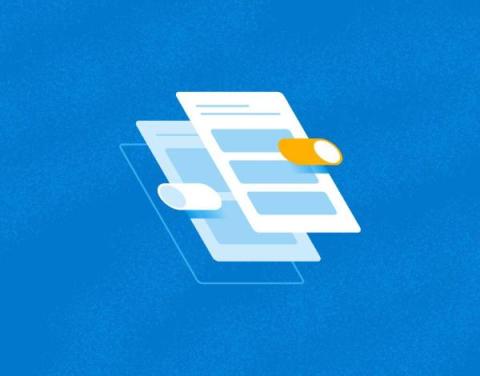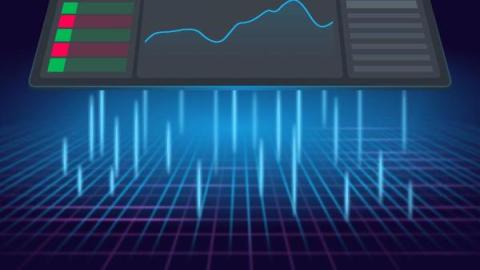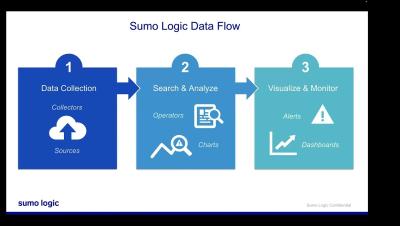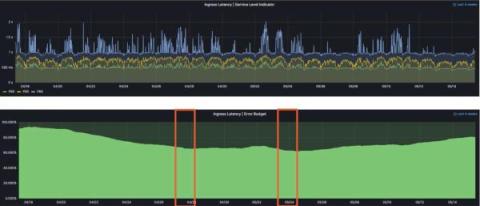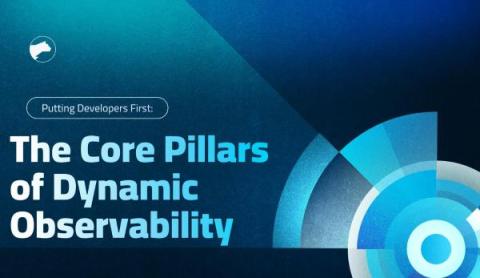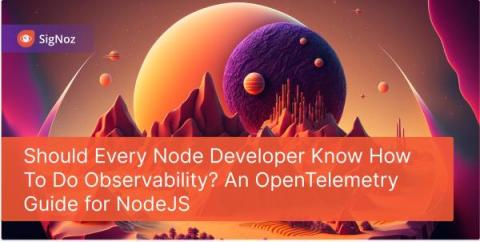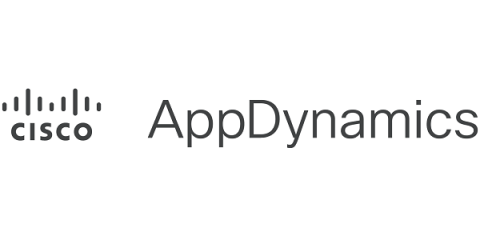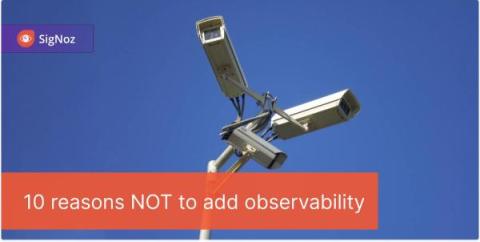Elastic SQL inputs: A generic solution for database metrics observability
Elastic® SQL inputs (metricbeat module and input package) allows the user to execute SQL queries against many supported databases in a flexible way and ingest the resulting metrics to Elasticsearch®. This blog dives into the functionality of generic SQL and provides various use cases for advanced users to ingest custom metrics to Elastic®, for database observability. The blog also introduces the fetch from all database new capability, released in 8.10.



